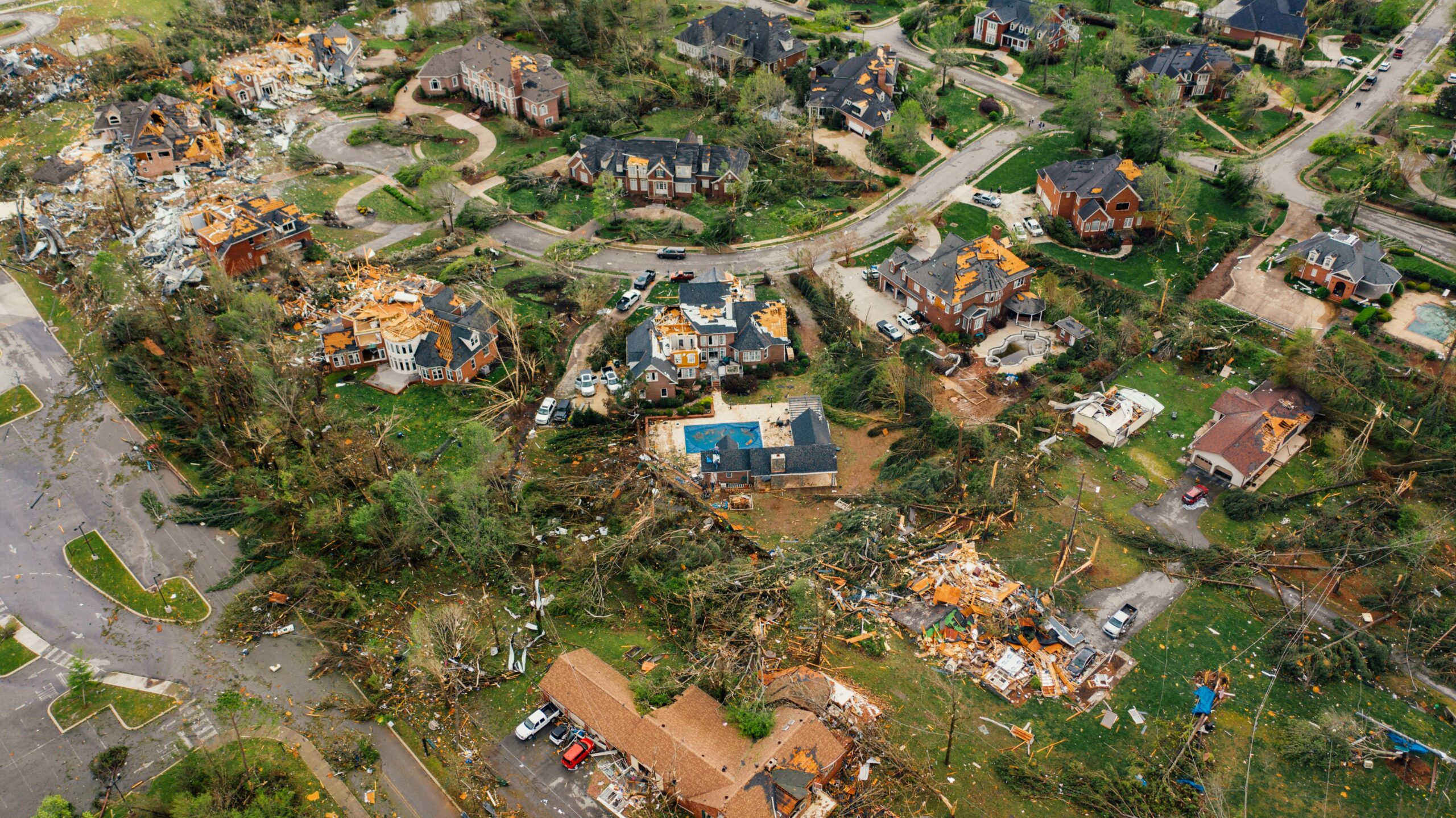If you have been affected by Hurricane Helene, Hurricane Milton, or another recent federally declared major disaster, you may be relieved to hear that over the past few years, it has become easier to access your work-based retirement plan and IRA money. Following is a brief summary of the rules for qualified disaster recovery distributions and disaster-related plan loans.
Penalty-free distributions
Since 2019, many work-based plan participants affected by disasters have had the option to take a hardship withdrawal from their plan accounts to help recover from qualified losses. Generally, hardship withdrawals are subject to a 10% early-distribution penalty for those younger than 59½, as well as ordinary income taxes.
In 2022, the SECURE 2.0 Act ushered in a new provision allowing retirement savers to take qualified disaster recovery distributions of up to $22,000 in total, penalty-free, from their retirement accounts. Plans include (but are not limited to) 401(k) plans, 403(b) plans, 457(b) plans, and — unlike hardship withdrawals — IRAs.
The distribution must be requested within 180 days of the disaster or declaration, whichever is later. Although ordinary income taxes still apply to qualified disaster recovery distributions, account holders may spread the income, and therefore the tax obligation, over three years.1
Moreover, account holders have the option of repaying the amount distributed, in whole or in part, to any eligible retirement plan within three years, thereby avoiding or reducing the tax hit.2 Note that if a work-sponsored plan does not accept rollovers, it is not required to accept repayments.
An individual is qualified for a disaster recovery distribution if their primary residence is in the disaster area and the individual has suffered a disaster-related economic loss. Examples of economic loss include:
- Loss, damage to, or destruction of real or personal property from fire, flooding, looting, vandalism, theft, or wind
- Loss related to displacement from the individual’s home
- Loss of livelihood due to temporary or permanent layoff
This is not a comprehensive list; other losses may also qualify.
Although work-based plans are not required to offer qualified disaster recovery distributions, an individual may treat a distribution as such on his or her tax returns. Qualified disaster recovery distributions are reported on Form 8915-F.
Plan loans
Rather than taking a distribution and having to report it as taxable income, work-based plan participants (but not IRA account owners) may also be able to borrow from their plan accounts.
Typically, plan loans are limited to (1) the greater of 50% of the participant’s vested account balance or $10,000, or (2) $50,000, whichever is less. In addition, loans generally need to be repaid within five years. However, with respect to a qualified disaster, employers may raise the loan limit to as much as the full amount of the participant’s balance or $100,000, whichever is less (minus the amount of any outstanding loans). Employers may also extend the period for any outstanding loan payments due in the 180 days following a disaster for up to one year; the overall repayment period will adjust accordingly.
Employers are not required to offer plan loans or modify plan provisions due to a disaster.
For more information on qualified disaster recovery distributions and disaster loans, please speak with your IRA or retirement plan administrator, and consider seeking the guidance of a qualified tax professional.
For more information about disaster assistance available from the IRS, please visit www.irs.gov/newsroom/tax-relief-in-disaster-situations.
For information specific to Hurricanes Helene and Milton, please visit www.usa.gov/disasters-and-emergencies.
For general information about disaster financial assistance available from the federal government, please visit www.usa.gov/disaster-financial-help.
1) Alternatively, an individual may elect to report the entire distribution in the year it is made.
2) Taxpayers may file an amended tax return for taxes previously paid on the distribution(s).
Prepared by Broadridge. Edited by BFSG. Copyright 2024.
Disclosure: BFSG does not make any representations or warranties as to the accuracy, timeliness, suitability, completeness, or relevance of any information prepared by any unaffiliated third party, whether linked to BFSG’s website or blog or incorporated herein and takes no responsibility for any such content. All such information is provided solely for convenience purposes only and all users thereof should be guided accordingly. Please remember that different types of investments involve varying degrees of risk, and there can be no assurance that the future performance of any specific investment or investment strategy (including those undertaken or recommended by BFSG), will be profitable or equal any historical performance level(s). Please see important disclosure information here.


